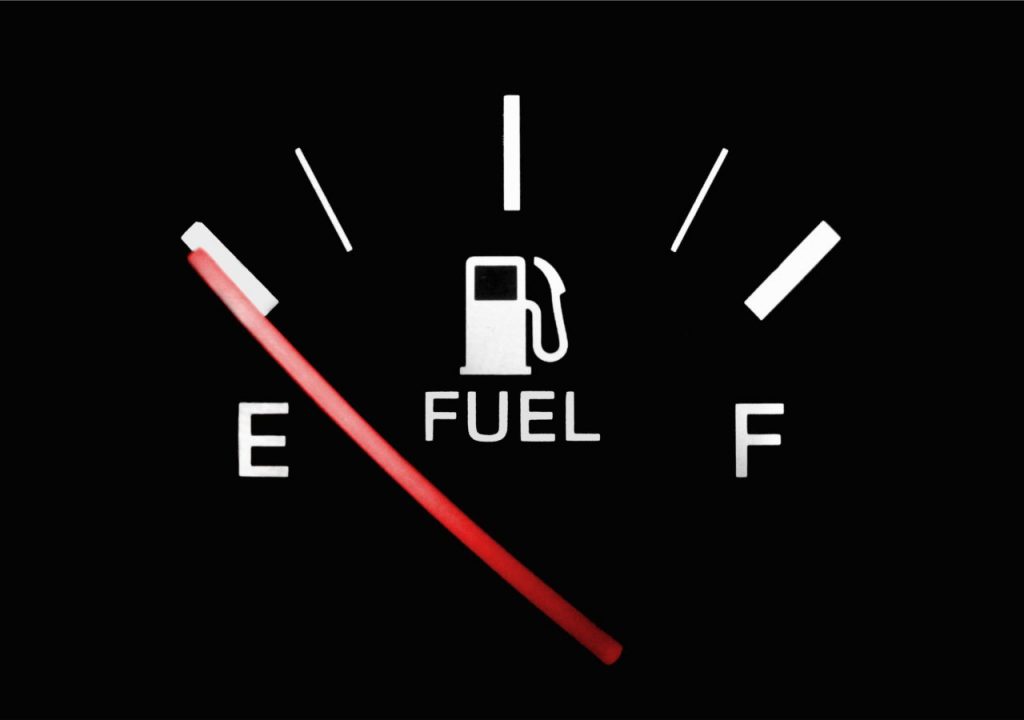Our last blog post covered the fuel-saving tips that, in the real world, don’t actually amount to very much. This time, we’ll look at two simple ways of making real savings.

Fuel-saving. There’s good news and bad news
Last time, we established that if you remove all the excess weight from your car and never let your tyre pressure drop one psi, you will save enough money to buy yourself a Mars Bar. OK, that’s an exaggeration. But we think it’s fair to say that the savings are pretty modest.
However, the good news is that with two simple changes to your driving, you can achieve real savings that you will notice at the pump. The bad news is that these changes are…well, a bit dull. They amount to slowing down and driving smoothly. Not very rock-n-roll, then. Nevertheless, if you want to get great fuel economy without any of the dangerous hypermiling nonsense, these are two tried-and-tested methods.
Let’s take a look at the theory and results.
Slowing down
Speed is a key factor in how much fuel you get through. Unfortunately, we can’t just say just drive as slowly as practicable or try to drive closest to x mph. It’s more complex than that.
Every make of vehicle has its individual sweet spot for maximum fuel economy. What speed that occurs at depends on a number of factors, including aerodynamics, engine size, gearing, weight. These vary considerably from car to car (Wikipedia has some examples, though it’s pretty US-centric). So although 55 or 56mph is presented as the most economical speed for all, actually, this may not be the case for your particular vehicle. Good luck with finding your actual optimal speed — manufacturers don’t make it easy to research
Having said that, we can make some general observations about speed and fuel economy. Firstly, petrol and diesel vehicles don’t function very efficiently at low speeds. But there’s little to say on this one, because most of us don’t drive very slowly through choice. Generally the only thing we can do to avoid inefficient low speeds is to choose routes that avoid the commuter crawl.
So let’s concentrate on the other end of the scale. Everyone knows that the faster you drive, the more air resistance your car encounters. What most people don’t realise is quite how much air resistance increases with speed. As Wikipedia helpfully tells us, double the speed of the vehicle and the air resistance increases by four. The kicker is that this needs eight times the power to overcome:
A car cruising on a highway at 50 mph (80 km/h) may require only 10 horsepower (7.5 kW) to overcome air drag, but that same car at 100 mph (160 km/h) requires 80 hp (60 kW).
So how does this translate into fuel economy figures? Surprise, surprise, estimates vary widely. According to mpgforspeed.com, based on an optimal speed of 55 mph, fuel economy could vary like this:
- 17% more fuel is used at 70 mph
- 23% more fuel is used at 75 mph
- 28% more fuel is used at 80 mph
Assuming these figures are near the mark, a bit of maths reveals that for a 50mph car, each 100 miles driven at 80 mph will cost an additional £2.60 (based on petrol at £1.22 a litre).
That’s not a small amount. If we scale that up for, let’s say, 6000 miles of motorway cruising, the faster speed, in addition to being illegal, would cost an additional £156.
Driving smoothly
According to just about every fuel economy source, driving smoothly is one of the keys to great savings.
The reason is simple. In most cases, it takes more fuel to accelerate up to a steady speed than to maintain that speed. Braking, unless you have regenerative brakes, wastes the car’s kinetic energy you’ve just paid to build up, by turning it into useless heat. Then you have to to accelerate again, wasting more fuel.
So, within the bounds of safety and consideration for other road users, it therefore makes sense to accelerate and brake as infrequently as possible.
One way of achieving this is to give yourself enough time to anticipate the road ahead. For example, leaving a greater gap between you and the car ahead often means that you don’t need to brake when they do. Anticipating when you’re approaching traffic lights allows in-gear coasting for greater fuel efficiency.
Speed bumps also offer an opportunity for smoother driving. Many drivers accelerate between them and then slam the anchors on, but this uses a lot of fuel. A smooth, mellow 15-20mph across the traffic-calming zone is kinder to your passengers and your wallet.
It’s difficult to estimate how much you might save by driving smoothly, but we reckon it’s considerable. In this useful article, journalist Patrick Collinson changed his driving style and achieved a whopping 60% increase in fuel economy. However, he also made other changes, such as changing gear at the recommended engine speeds (2000rpm for diesel, 2500rpm for petrol), so the savings can’t be attributed to smoothness alone.
Once you have achieved massive fuel savings
If you manage to make a substantial saving on your fuel bill, then good for you. Just avoid the temptation of discussing your mpg at great length with anyone who will listen. Honestly, no one deserves that.
Whether you need your VW Group car serviced, repaired or MOTed, we offer a main dealer level of service at independent garage prices. Contact us today.
